Vinay Sitapati’s book, Half Lion: How PV Narasimha Rao Transformed India, seeks to restore the Prime Minister’s place in the pantheon of great Indian leaders. He has enough evidence to demolish false accusations against Rao in Babri Masjid demolition case.
The bane of modern Indian history is the unconscionable distortions injected into it by historians owing allegiance to the Marxist and Nehruvian schools. This has resulted in a string of untruths being bandied about for decades about personalities and events both in the pre and post independence eras.
Such is the grip of these two schools over academia that even after free thinking historians, who are not prisoners of ideology, ex-hummed many truths that negated the mythologies palmed of by these palace historians, misrepresentations continue to permeate the text books and lectures in schools and colleges.
Subhash Chandra Bose, Sardar Vallabhbhai Patel, BR Ambedkar, Syama Prasad Mookerjee, Rajendra Prasad are some of the names that immediately come to mind of national leaders whose contributions have been deliberately ignored and who have been victims of the falsification of history. In more recent times, a prominent victim of the machinations of these two schools is PV Narasimha Rao, one of India’s most cerebral and successful Prime Ministers who saved India’s unity and integrity and pulled the country out of an economic rut during 1991-1996 and put it on the high road to growth.
The purpose of the so called scholarship by entrenched academics from these two schools has been three-fold: one, to present members of the Nehru- Gandhi family as near faultless individuals who were deeply wedded to the core values of the Constitution and who sacrificed everything for the country; two, to present all their contemporaries as petty individuals with petty goals and with questionable commitment to constitutional values; and, three, credit all national achievements to members of this family and all failures to others.
This shameless and continuous glorification of one political family makes one wonder whether our academia secretly pines for a return to monarchy. Seen in the context of this fraudulent output by these historians, specially in the capital’s universities, Vinay Sitapati’s Half Lion: How PV Narasimha Rao Transformed India comes as a breath of fresh air.
Narasimha Rao became the Prime Minister at a critical moment in the nation’s history. India was standing at the door of the International Monetary Fund with a begging bowl and its foreign exchange reserves had slipped to such an alarming low that there was danger of default on loans. Rao picked up Manmohan Singh as his Finance Minister and began the noble task of dismantling the socialist economy that Jawaharlal Nehru and Indira Gandhi had thrust on the country. He opened up the economy, liberated it from the licence permit raj, unshackled the entrepreneurial instincts of millions of Indians and invited foreign investments into various sectors.
These decisions brought about a spectacular turn around in the economy, restored hope among Indians and gave them the confidence to take on the world. He also pulled Punjab, which was engulfed by secessionist forces, from the brink and saved the unity and integrity of India. Instead of acknowledging the man’s phenomenal contribution, the Nehru-Gandhis and acamedics and writers hovering around this family, have falsely accused him of damaging India’s secular fabric and of being complacent in the fall of the Babri Masjid in Ayodhya. Having pinned this monstrous charge on him, they hope this will wipe out his phenomenal contribution to the country. one scholar even spread the story that Rao was napping while the Masjid was being demolished. Another said he was “doing puja” while the demolition was on. Sitapati’s scholarly book covers a of constitutional machinery.
The law and order situation, specially on the communal front “is satisfactory”, he declared. Yet, Rao ensured massive deployment of central forces near the disputed structure prior to December 6. These forces could be called in within minutes, if there was danger to the structure, but the call would have to be taken by the State Government, because ensuring law and order was the responsibility of the State not the centre. There was also the worry that the Supreme court may quash a presidential order based on presumptions. Thus, the situation that prevailed just prior to the demolition was that “the Supreme Court, the State Governor and law Ministry officials, all seemed against Central rule”.
That is why after the demolition, Pranab Mukherjee told party men “all of you were members of the Cabinet and some of you were members of the CCPA. All decisions were taken in the meetings of the Cabinet and the CCPA. Responsibility is collective; the onus cannot only be on the Prime Minister or the Home Minister.” Sitapati, who had access to Rao’s personal papers, takes us through this narrative that presents facts that negate the spurious tomes that have been churned out on this issue until now. There is lots more to this book, but that will have to wait till later.
Half Lion is the first scholarly effort to correct the distortions that have crept into our understanding of social and political developments in India over the last three decades. It also seeks to restore Narasimha Rao’s well-deserved place in the pantheon of great Indian leaders.
– Shalini Saksena (The Pioneer)







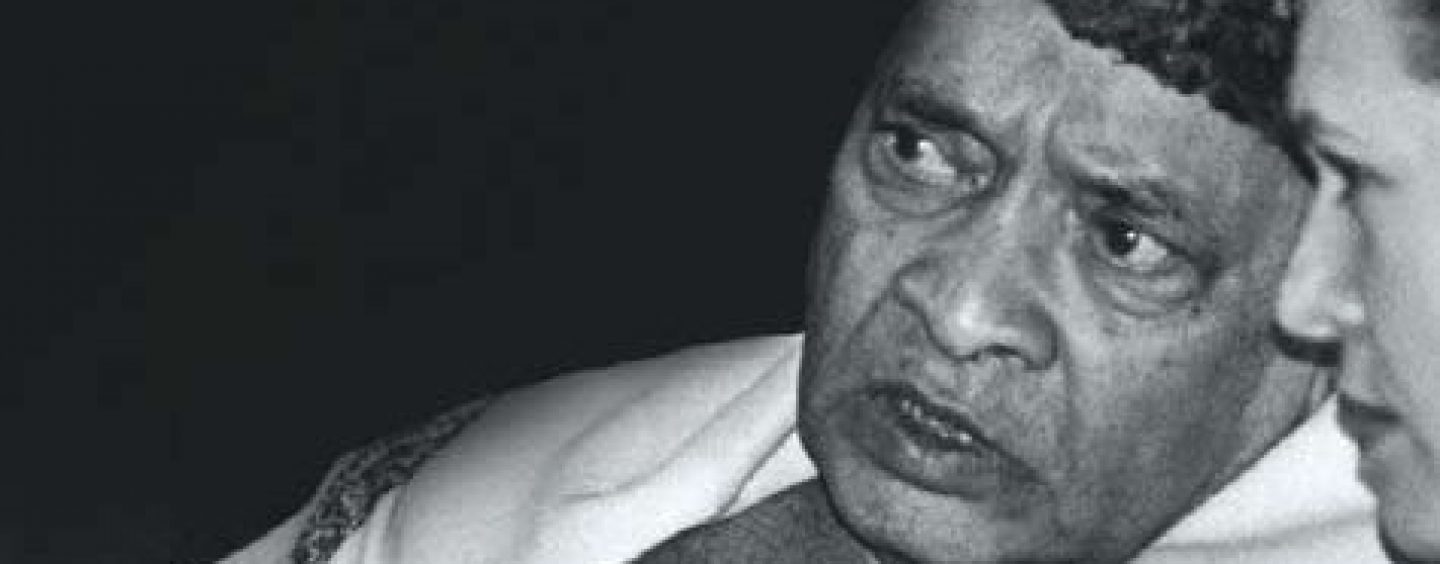
 OpinionExpress.In
OpinionExpress.In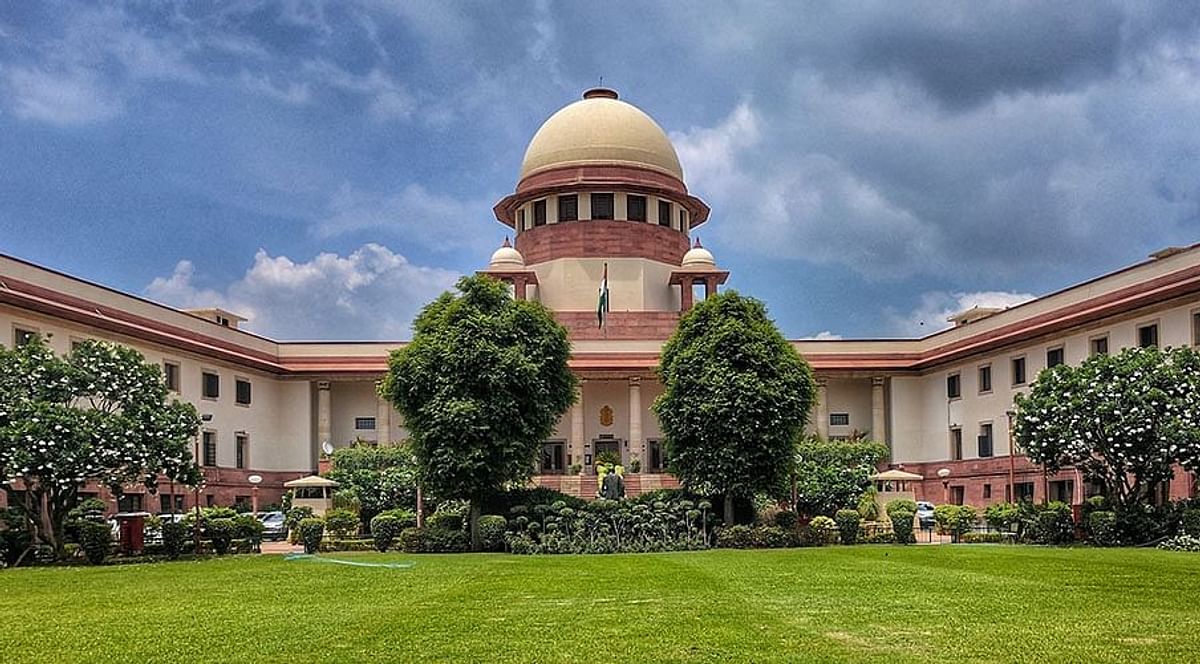
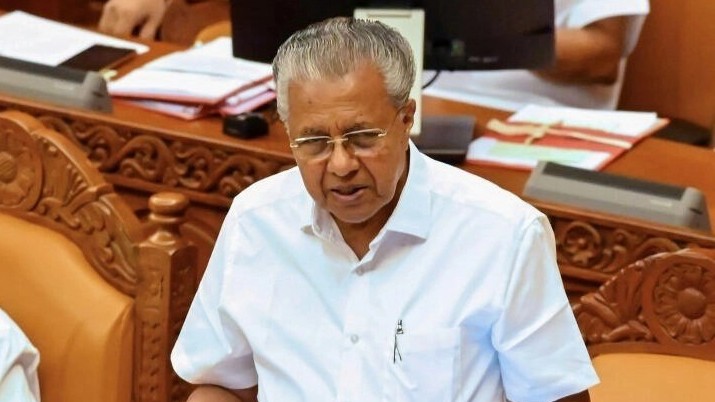
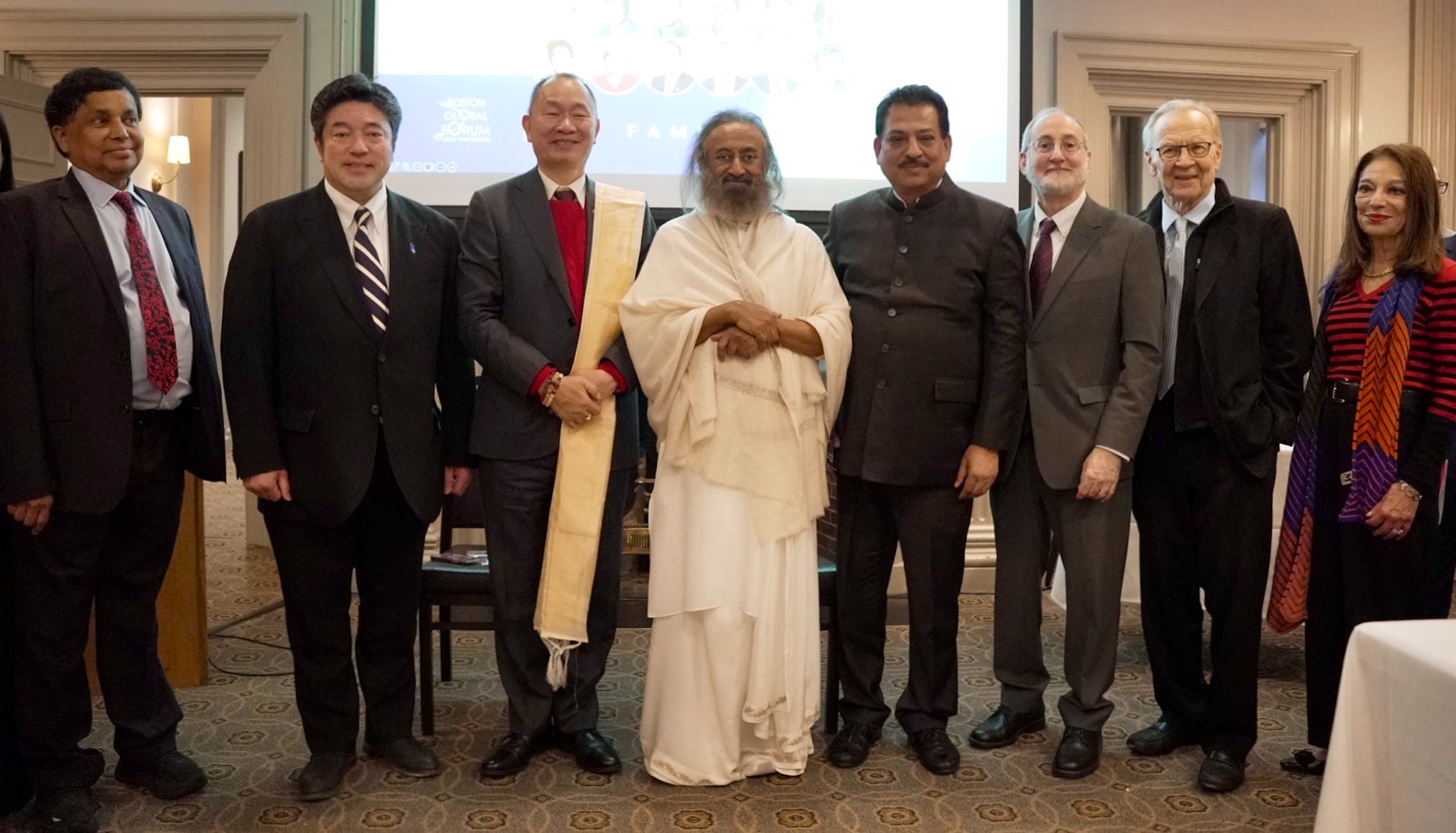
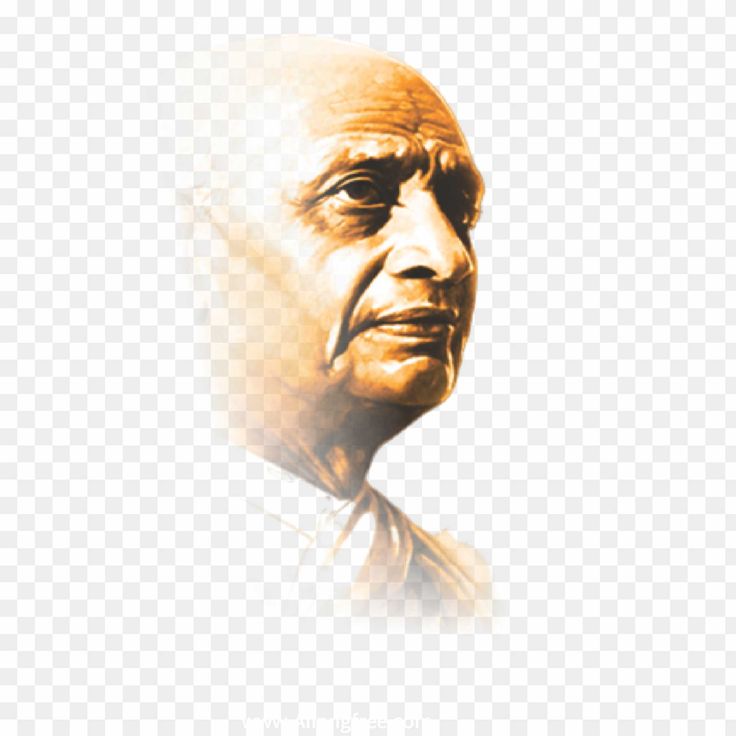
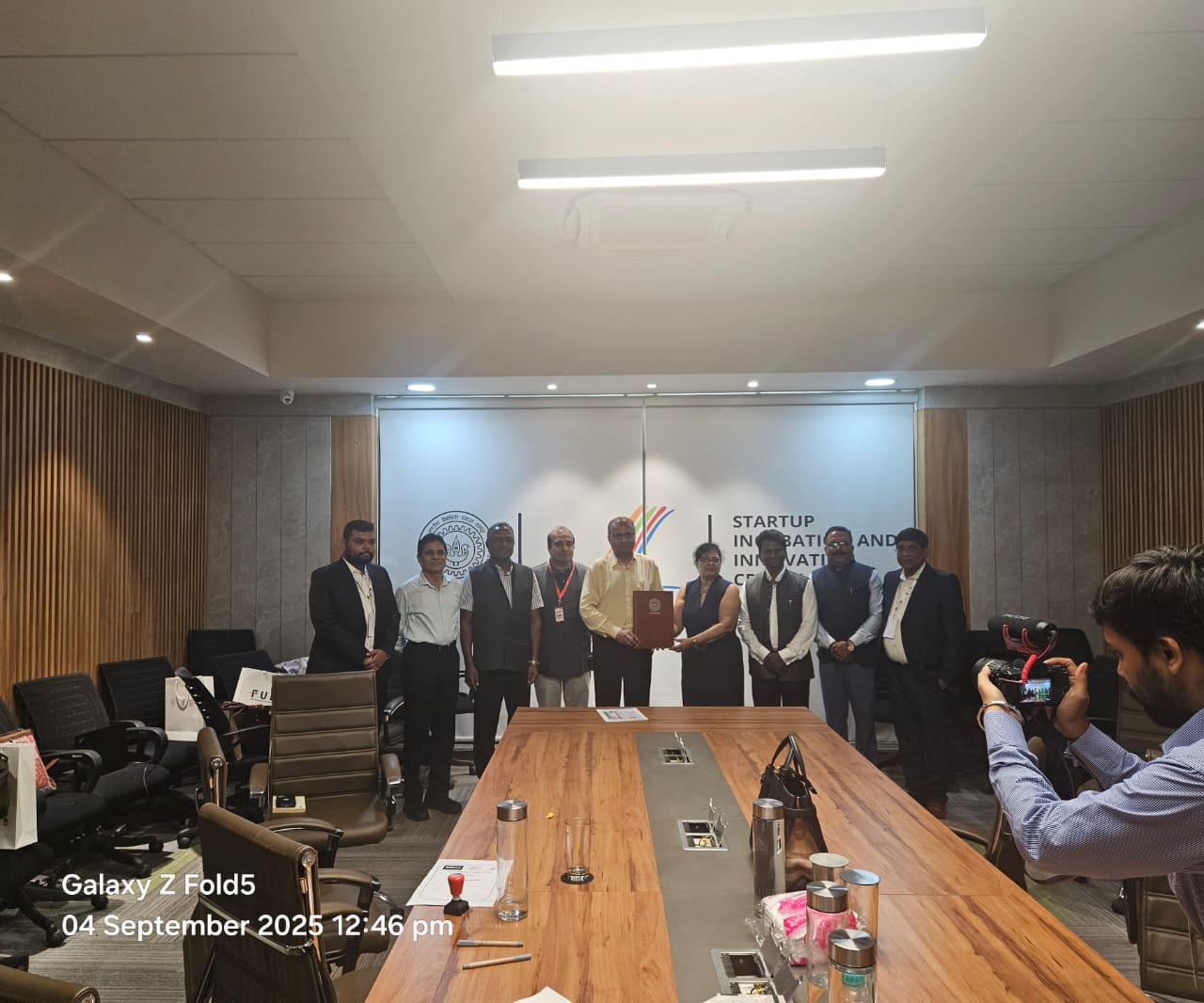
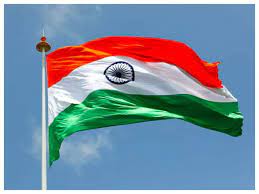
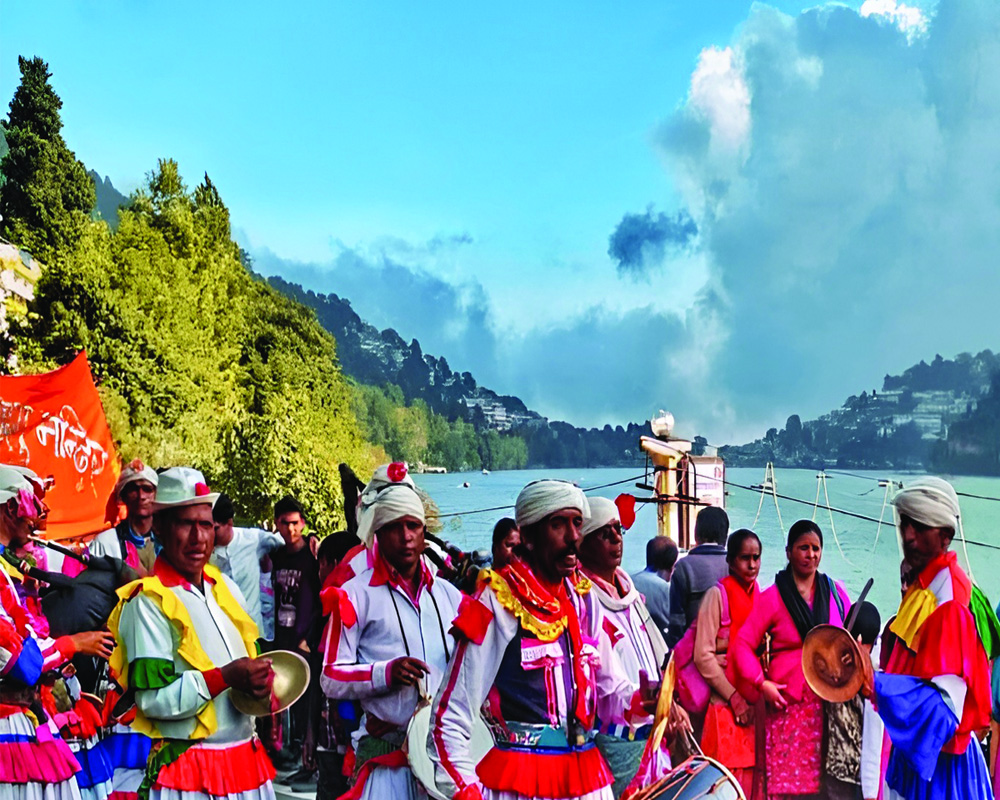









Comments (0)